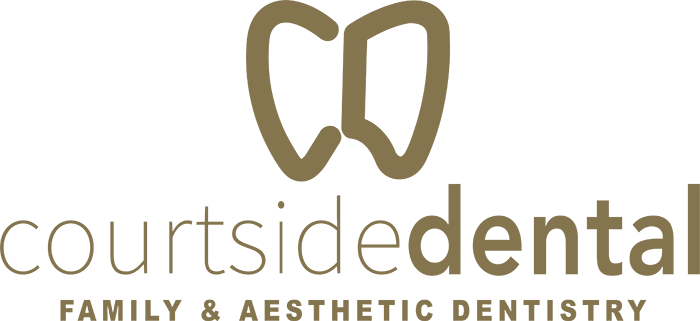
The Difference Between Cosmetic Bonding and Contouring

Most people have something they would change about their smile if given the opportunity. Aside from more in-depth restorative work such as replacing missing teeth, our Portage dentist could address a lot of complaints with procedures that fall under the category of cosmetic dentistry.
Two such forms of treatment, cosmetic bonding and cosmetic contouring, can remedy the appearance of your teeth in a quick, painless way. But what differentiates one from the other?
Here’s how bonding and contouring differ plus the benefits each can provide for patients.
Cosmetic Bonding
Do you have chipped, cracked, or gapped teeth? If so, there is a chance that cosmetic bonding might be the right dental procedure for you.
Best for smaller restorations, bonding involves the application of a to a tooth’s surface. The material is then shaped, hardened, and polished for a natural and visibly seamless result you’ll love showing off.
Compared to other cosmetic procedures, bonding is an affordable, effective option most appropriate for teeth in areas of low bite pressure, i.e., front teeth. It should also be noted that minimal enamel is removed by Dr. Paul during the procedure, but more of your natural tooth structure is preserved unlike with veneers.
In general, bonding can be used to:
- Enhance the look of discolored teeth
- Repair decayed, chipped, or cracked teeth too minor for a crown
- Close spaces between teeth
- Elongate certain teeth in combination with contouring
Cosmetic Contouring
Patients who settle on cosmetic contouring as a solution areprimarily doing so to change the shape or size of their teeth. Also known as , contouring is a procedure in which Dr. Paul uses a drill or laser to remove a small amount of enamel from a tooth.
Any fractures are smoothed out and undesirable angles with sharp curves are rounded. Better alignment can also be created if desired, but will depend on the severity of your teeth’s current misalignment. The procedure itself can typically be completed in one visit without the use of any local anesthetic. There is also no recovery period needed.
While contouring can produce beautiful results, the procedure is limited by the individual tooth structure of the patient. So, because enamel is removed to change a tooth’s form, areas that are being reshaped can’t be too thin. This means dramatic alterations to your bite or appearance are not accomplished by contouring and should instead be treated with another method.
However, cosmetic contouring can help:
- Improve damage caused by excessive grinding (bruxism)
- Simplify your oral hygiene routine as it will be easier to clean in between teeth
- Fix cracked, chipped, crooked, or improperly aligned teeth
- Alter the shape, length, and appearance of your teeth
Shared Benefits
Despite bonding being more about adding material to your tooth and contouring involving the removal of material, the two cosmetic procedures are quite similar. For instance, it is not uncommon for a patient undergoing contouring to also have bonding performed.
Both forms of treatment can fix teeth that have cracks, chips, or other minor imperfections. They also share the ability to greatly improve the appearance of teeth in a relatively short period of time at a more affordable price than more in-depth cosmetic procedures.
Correct Minor Imperfections Today
Are you interested in changing how your smile looks but don’t want to commit to porcelain veneers? Our cosmetic dentist in Portage, MI, can recommend either bonding or contouring to you. Give Courtside Dental a call today at (269) 327-1011 or request an appointment online.
This blog post has been updated.

